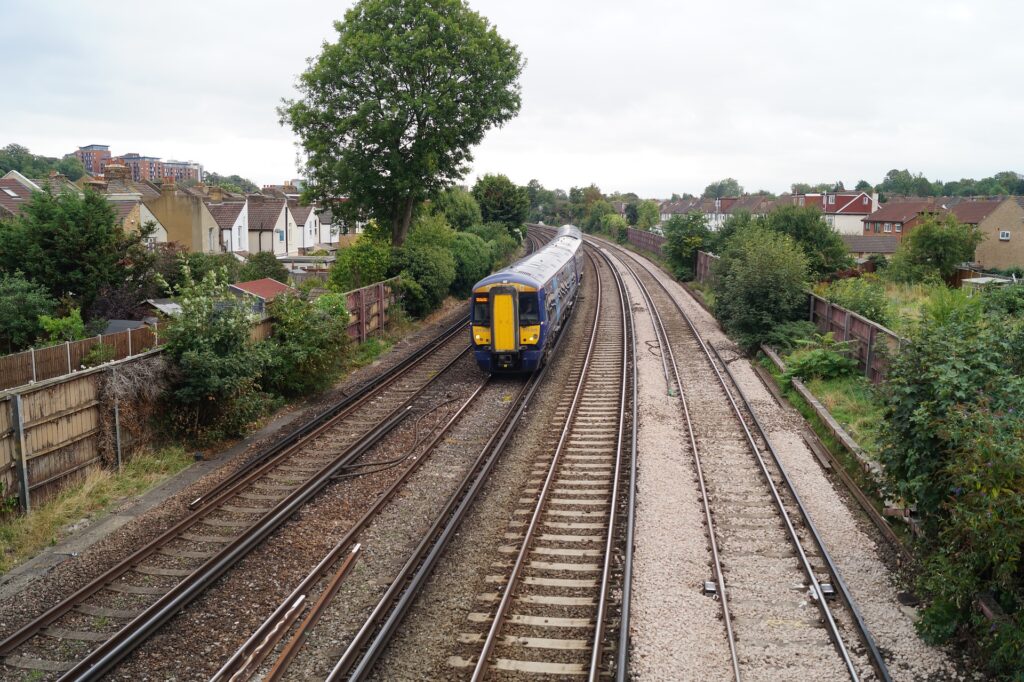Research by packaging manufacturer RAJA UK has revealed a series of insights into the future of last-mile delivery and logistics, specifically which delivery methods provide the greenest option given certain requirements.
According to the findings, a domestic flight produces 53.45g more CO2 e per km than the average long-haul flight. As a result, it would be better to use a hybrid or battery-powered electric vehicle (BEV) for domestic deliveries.
When it comes to delivery vehicles, an average petrol car produces 75.27g more CO2 e than the average hybrid car and 133.57g more CO2 e than your average BEV car.
Having examined the CO2 emitted per customer based on driverless vehicles, the report found that e-vans consistently emitted the least amount of CO2 , with only 0.9% produced for 200 customers served. Drones consistently emitted more CO2 than other driverless counterparts, including 2.7% more CO2 than the sidewalk autonomous delivery robots.
For international deliveries, RAJA found that the most eco-conscious way to send something was via international rail, which produces only 0.01 tons of CO2 . A return flight from London to Barcelona would produce 0.34 tons of CO2 e.
Bikes were found to be the most eco-responsible way to send something locally, producing only 0.0001 tons of CO2 e per trip.
Ultimately, for small cardboard packages being sent somewhere close to home (within 8km), the bike or the drone is the greenest option. A bike ride or a drone flight (carrying a package up to 0.5kg) only produces 0.0001 tons and 0.0008 tons of CO2 e respectively.
However, for a delivery further afield, such as from Kings Cross to Edinburgh, for example, the best option is national rail, which produces only 0.02 tons of CO2 e during the trip. A hybrid vehicle was the next best option, emitting 0.5 tons in 645km compared with its petrol counterpart, which produces more than double the CO2 e of 0.11 tons.
Nigel Smyth, transport manager at RAJA UK, said, “The logistics industry is currently facing a national driver shortage, largely because many international drivers have gone back to their native countries during the Covid-19 crisis and there has been a decline in available training during the pandemic. This has meant rates for drivers have increased significantly due to demand. At RAJA, we have developed a long-term solution for successful recruitment, including more benefits, creating a better working environment, offering better working hours, and building an inclusive culture so drivers feel more part of the company as a whole. In many ways, the pandemic highlighted the importance of commercial drivers and the role they play in keeping our businesses and services supplied. Seeing them being recognized for this is feels like a positive move in the right direction.”


